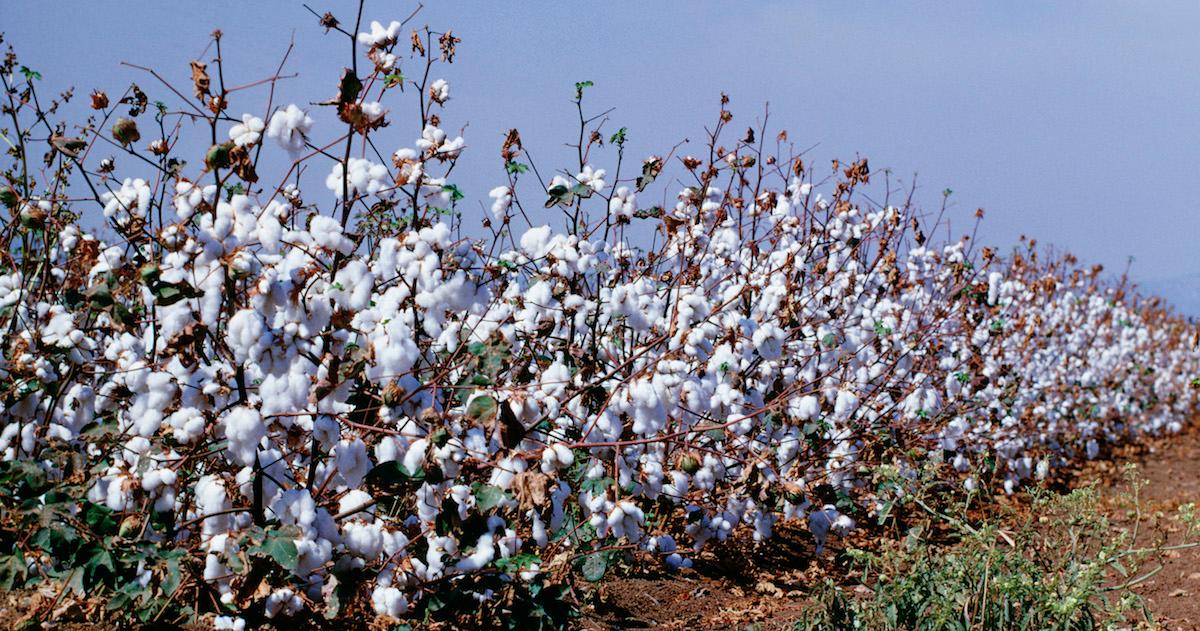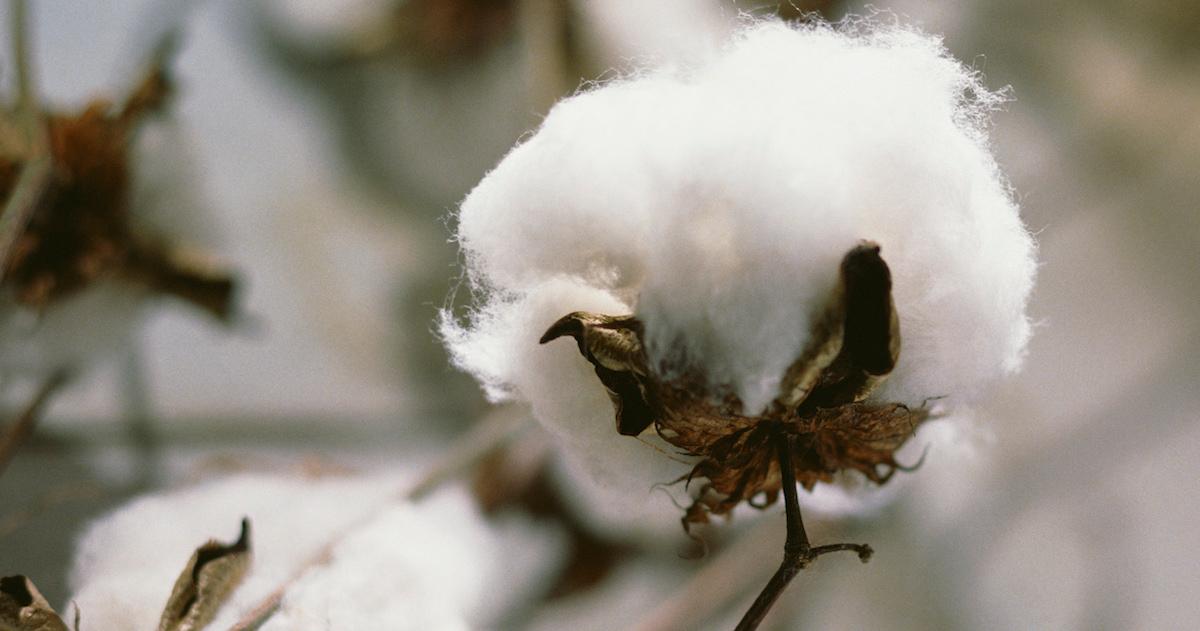How Sustainable Is Cotton?
Published Feb. 8 2021, 2:10 p.m. ET

Nearly everyone on Earth is familiar with the touch and feel of cotton. But cotton has never needed any sort of viral slogan to make it popular. According to the World Wildlife Fund (WWF), cotton’s global reach is so massive that its production provides income for more than 250 million people worldwide.
Organic cotton is generally less environmentally-destructive than conventional cotton, primarily since organic cotton does not use any pesticides. Unfortunately, like most industries of its size, conventional cotton's current production methods are often pretty environmentally unsustainable as they come. Therefore, the question isn’t whether or not cotton is sustainable, but whether we can continue to maintain growing conventional cotton at this rate without hurting the planet.

Is cotton sustainable?
Yes and no. Cotton is an all-natural fiber that grows well in several climates and can be harvested fairly easily. It’s washable, breathable, absorbent, and strong. It can be recycled and made into yarn or new garments. Cotton is versatile and can be made into everything from jeans to jerseys. It also mixes well with other fibers to create unique fabric blends.
All of this put together means that cotton has the potential to be an entirely sustainable, renewable, biodegradable resource — it just hasn’t had the opportunity to live up to that potential just yet.

Why is cotton unsustainable?
People have been picking and using cotton since around 5,000 B.C., according to Common Objective. The basic process is as follows: cotton fibers are known as “bolls” are picked, de-seeded using a cotton gin, then cleaned, carded, and spun into yarn, which is then oven into the fabric. This doesn’t all take place in a cotton field, however, and this is where many of cotton’s sustainability problems begin.
Trucking the giant bales of cotton from the field to textiles mills and beyond requires a lot of energy and a lot of gasoline That’s not even counting the various fossil fuels burned in the cotton mills themselves. Still, that’s just the tip of the iceberg.
Cotton farming causes soil degradation.
According to the WWF, growing so much conventional cotton can have a negative, everlasting effect on the world’s soil. The global area for cotton cultivation has remained constant for the past 70 years, but cotton cultivation has already begun to degrade the soil on those plantations. As those old fields become tapped out of nutrients, cotton farming expands outward to new and arable areas. Unfortunately, in order to make room for these new and immense farms, more natural habitats are inevitably destroyed.

Cotton production uses harmful chemicals and pesticides.
Common Objective reports that conventional cotton production involves the use of several chemicals. Pesticides and insecticides are used to keep the crops safe from insectile interruption. Those chemicals can pollute whole ecosystems and water supplies, but some of the harsher ones might wind up growing into the cotton itself. Also, not all of the dyes used in the latter part of the production process are safe for the environment, especially not if they end up being flushed out into waterways.
Cotton is a thirsty fabric.
Cotton production uses a lot of water. Most of that water comes from irrigation, not from rain. This is due to the fact that the majority of cotton production happens in places where the climate tends to be on the warmer, less rainy side.
Cotton uses so much water, in fact, that it contributed greatly to the shrinking of the Aral Sea in Central Asia. According to National Geographic, the combined decades of drought and diverting water to the cotton farms shrank the Aral Sea to a mere 10 percent of its former volume.

How can cotton become sustainable?
Despite decades of environmental mismanagement, cotton still has the capacity to reach its sustainable potential. In some places in the world, it already has. Organic cotton uses a much more sustainable process for picking and processing the miraculous fabric. In 2016, a life cycle analysis of organic cotton conducted by PE International found that organic cotton uses 91 percent less fresh water and could be processed using a third of the energy as conventional cotton.
Unfortunately, those who grow cotton organically often find themselves undercut by the bigger cotton companies. As a result, many environmental groups are vying for better regulations across the board in terms of cotton sustainability. These groups include Fairtrade International and the Better Cotton Initiative (BCI). Though they share the same goal, these groups vary in terms of their aims.
Some are more interested in the environmental side of sustainability, while others are hoping to improve the socioeconomic problems in the industry. In the end, the path towards cotton’s true sustainability might mean improving both aspects. More than anything, it might mean improving upon the old methodologies used in production. For that to happen, people with influence must work towards changing the industry for the better.